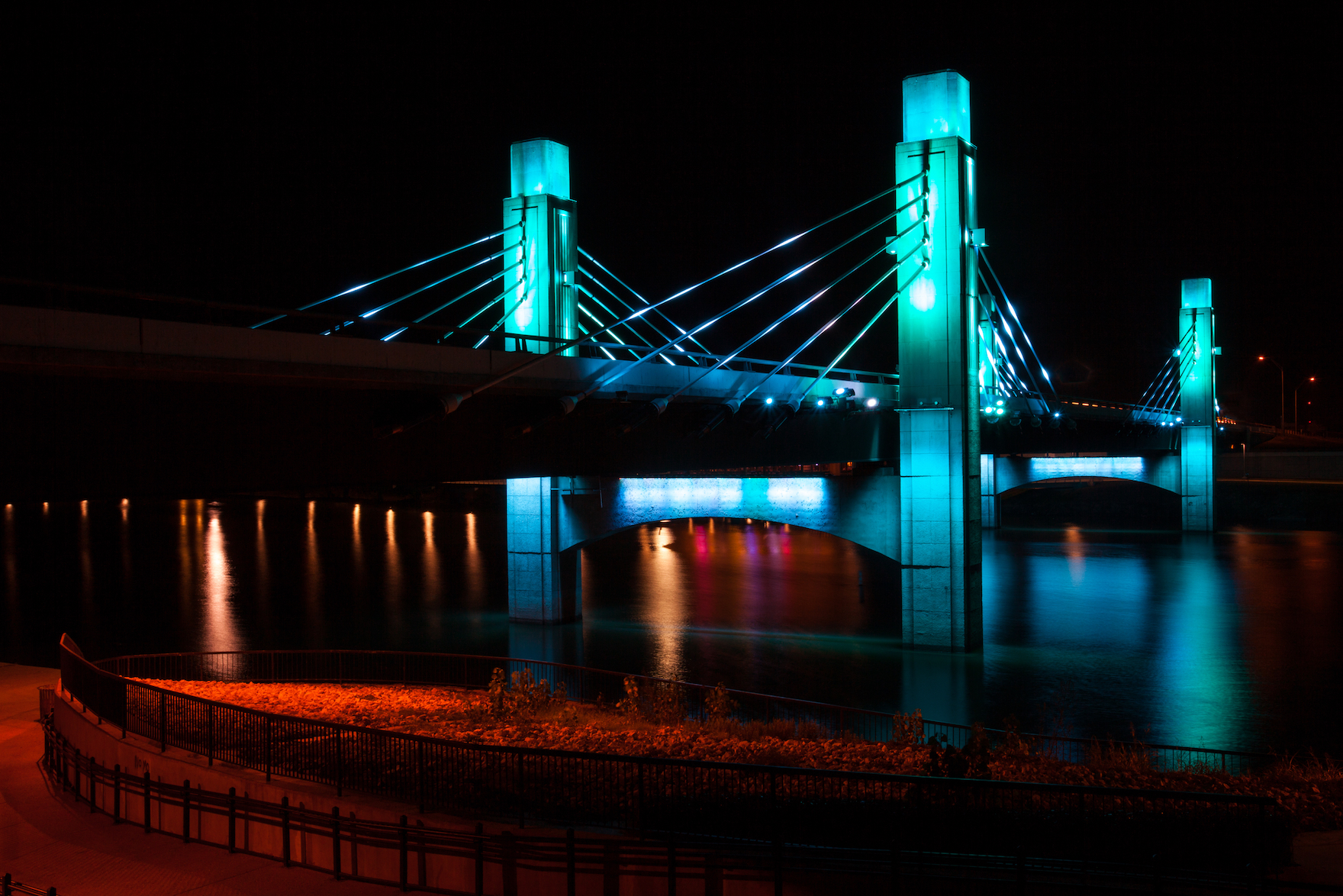
LED lights last longer, but some shades are harmful to wildlife
LED lights last longer, but some shades are harmful to wildlife. Noise and light pollution can be harmful to natural ecosystems, and studies have shown that human-caused noise pollution can disrupt habitats and even drive species decline.
Now, a new study has found that certain shades of LED (light-emitting diode) outdoor lamps can also negatively impact wildlife, and researchers have created a database for consumers to know which LED colors are the least harmful.
The team determined that blue and white LED lights are the worst for animals while softer yellows, greens, and ambers are more benign.
The study was conducted by a team of biologists from the University of Southern California and published in the journal Experimental Zoology Part A: Ecological and Interactive Physiology.
LED lamps are popular and are expected to make up 69 percent of the global market by 2020. LEDs have many benefits including conserving energy and lasting longer than other traditional lights, however, these benefits can come at a cost to wildlife.
Previous studies have examined how light brightness and direction affects species’ migration, attraction, and circadian rhythms.
The researchers collected data from these light studies to help build a new database that developers, designers, and policymakers can use to choose wildlife-friendly LED lighting colors.
“Outdoor environments are changing rapidly and in ways that can impact wildlife species,” said Travis Longcore, lead author of the study. “We provide a method to assess the probable consequences of new light sources to keep up with the changing technology.”
For the study, the researchers focused on insects, sea turtles, salmon and the Newell’s shearwater seabird.
The researchers also found that sea turtles and insects are more vulnerable to bright LED lights at night. Sea turtles can follow the bright light inland after hatching instead of going to the sea.
In order to reduce further species decline and help protect those species most vulnerable to LED light brightness, the researchers created the “Rapid Assessment of Lamp Spectrum to Quantify Ecological Effects of Light at Night,” a database that shows how two dozen different types of artificial lights impact animals.
The hope is that city planner and policymakers will use the database to help pick the least disruptive and harmful light options for species.
“If we don’t provide advice and information to decision makers, they will go with the cheapest lighting or lighting that serves only one interest and does not balance other interests,” said Longcore. “We provide a method to assess the probable consequences of new light sources to keep up with the changing technology and wildlife concerns.”
—
By Kay Vandette, Earth.com Staff Writer













